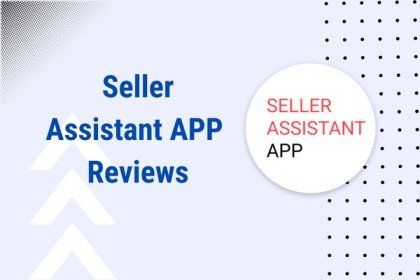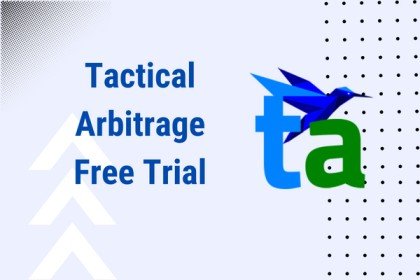When selling on Amazon, understanding the various fulfillment options available can make a significant difference in your operational strategy and profitability. Whether you’re dealing in retail or wholesale, the choice between Fulfillment by Amazon (FBA), Fulfillment by Merchant (FBM), and Seller Fulfilled Prime (SFP) can impact your business. This article dives into what these acronyms mean, their pros and cons, and how they might be the key to your online selling success.
Also read: What Does Sold by Amazon.com Services LLC Mean?
Understanding the Acronyms
- FBA (Fulfillment by Amazon): Amazon takes care of storage, shipping, customer service, and returns. This option is ideal for sellers who prefer to focus on other aspects of their business rather than the logistical challenges.
- FBM (Fulfillment by Merchant): The seller handles storage, shipping, customer service, and returns. This choice suits sellers who want full control over their inventory and customer interactions.
- SFP (Seller Fulfilled Prime): This is a hybrid model where the seller manages storage and shipping, but the products are still eligible for Amazon Prime benefits.
Also read: Nepeto Pricing & Plans | Which Plan Suits You?
Pros and Cons of Each Model
Fulfillment by Amazon (FBA)
Pros:
- Convenience: Amazon handles most of the logistics, allowing sellers to save time and reduce operational burdens.
- Customer Reach: Access to Amazon’s vast customer base, including the lucrative Prime members.
Cons:
- Costs: Amazon charges storage and fulfillment fees, which can reduce profit margins.
- Less Control: Sellers have less oversight over inventory management and customer service.
Fulfillment by Merchant (FBM)
Pros:
- Full Control: Sellers maintain complete control over their operations, potentially leading to better customer relationships and tailored strategies.
- Cost Savings: By managing logistics in-house, sellers can save on Amazon’s fees.
Cons:
- Time-Consuming: Managing all aspects of fulfillment can be overwhelming, especially as the business grows.
- Limited Prime Access: Products are not automatically eligible for Prime, which may affect sales.
Seller Fulfilled Prime (SFP)
Pros:
- Prime Eligibility: Products are eligible for Prime, enhancing visibility and trust with customers.
- Control: Retains more control over inventory and shipping compared to FBA.
Cons:
- Stringent Requirements: Amazon requires SFP sellers to meet high performance metrics and offer two-day shipping.
- Responsibility for Returns: Sellers need to handle returns, adding to the operational workload.
Making the Right Choice
Choosing the right fulfillment method depends heavily on the nature of your business:
- Retail Sellers: FBA might be more suitable due to its time-saving benefits and broad customer access.
- Wholesale Sellers: FBM or SFP could be better choices, allowing for more control over inventory and higher profit margins due to lower fees.
Conclusion
Each Amazon fulfillment method offers distinct benefits and challenges. FBA provides convenience at a cost, FBM offers greater control with more required effort, and SFP balances control with Prime benefits, albeit with its own set of challenges. Understanding your business needs and the specifics of these options is crucial. Selecting the right fulfillment strategy could very well be the key to unlocking your success on Amazon.








